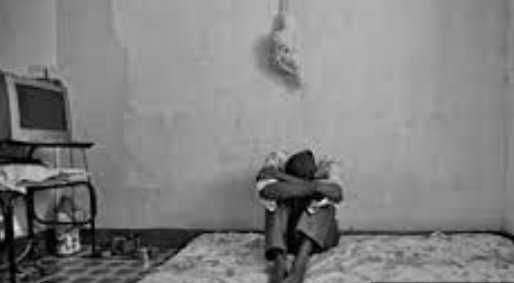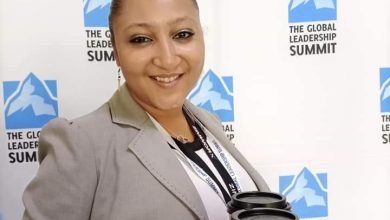How Zimbabwean Working For Eskom In SA Saved The Hwange Expansion Project

The Zimbabwe Power Company finally managed to synchronise into the national grid the first of two generators at its Hwange Power Station after several false dawns on Monday last week.
The two generators make up the Hwange Thermal Power Station Unit 7 and 8 Expansion Project being installed under a US$1,4 billion facility from China Eximbank by Sinohydro, a company from the Asian nation, in a move that consumers expected to ease power shortages in the country.
Both units will produce 300 megawatts each. Expansion started in March 2019, but was stalled because of the Covid-19 pandemic.
Hwange currently has an installed capacity of 920MW, but is generating much less because Units 1 to 6 are dilapidated and in need of rehabilitation.
Zesa Holdings executive chairman, Sydney Gata says that the synchronisation of Hwange Unit 7 almost did not happen.
Gata exclusively told The Standard how the events leading to last week’s milestone unfolded, including how at some point there were doubts that the exercise would go according to plan.
The Zesa boss spoke on the sidelines of the 4th International Renewable Energy Conference in Victoria Falls organised by the The Standard in collaboration with the Energy and Power Development ministry.
Below is a summary of Gata’s overview of the milestone in his own words.
The commissioning of the power plant is a very protracted process and it can be up to six months.
During that time, you start by testing individual components, processes and systems before they are connected to the grid.
You cannot offload the tests, and two of them are very critical.
There is the boiler hydraulic test and then there is the turbo test.
Out of the 20 plus tests, those two tell you whether you have a power station or not.
In our case, and both for Unit 7 and Unit 8, both were extremely successful, well above average responses.
Say ‘synchronisation!’
This power plant, even if we may later fail to run it, was designed very well, and was built very well.
Commissioning is after finishing the offload tests or technical tests.
Synchronisation is when you are connecting a proven asset to the grid.
They (the generator and the grid) must communicate in a very complex language called quotation codes.
Now, the design of the communication system is also a science on its own right.
We were supposed to synchronise on the 13th of December last year, but the quotation codes used by the Chinese were not compatible with the ones we use in Southern Africa.
We asked them to design codes that were compatible with our codes.
They failed, so we went to the supplier, ABB China, and they also failed.
‘My head was spinning’
We were in a crisis. Ndakaita dzungu. I spent Christmas in a state of panic. We were trying to figure out what to do next.
So, we went to South Africa and put out a tender for the services. There were a few companies in South Africa that responded.
One thing that should make Zimbabweans proud is that, one of the companies that responded to the tender) is run by a Zimbabwean named David Mvura, a former Zesa employee and is a consultant at Eskom.
He is the one who solved the puzzle.
Saved by a Zimbabwean, in good time!
He (Mvura) was here celebrating with us when we successfully synchronised.
We also celebrated his patriotism.
He gave us a quote for two weeks and did it in under that time. Everyone else I mean the South African companies, wanted four weeks or more.
We are very proud and really celebrate him because the embarrassment we were facing was massive because the power station was finished, the grid is waiting and we are load shedding like it’s a fashion.
Thankfully we are over that.
What happens now?
Now, the synchronisation stage is a big chapter, but it’s been completed, it means that from now onwards, we are now doing commercial tests: performance, efficiency onload and during that time we will be generating maybe between 250-300MW.
We may have some shutdowns for extreme tests, but we will be delivering a lot of energy.
When we are done, we will then have the ceremonial handover that we call the commercial operating date.
It may involve political and social commissioning, and we expect that in about a month from now.
The average load factor during this time (output), is about 80%, which is as good as commissioned.
Yes, there will be times when we may shut down because we are still testing performance, efficiency, speed tests to satisfy the warranties of the design.
Hwange Unit 8
Because Unit 7 delayed, the progress on Unit 8 was catching up.
There normally should have been two months apart, but in this case they are just one month apart.
But, it is not clear when the sycnhronisation of that generator will take place, let us finish with Unit 7 first.
We need to carry out the tests on Unit 8 and then give dates.
Takadhakwa nemadates. Takanga tavakunyara.
Every time we would go to the (Office of the President and Cabinet), they would give us a calendar to say when will we be ready, but it was not working. Standard









